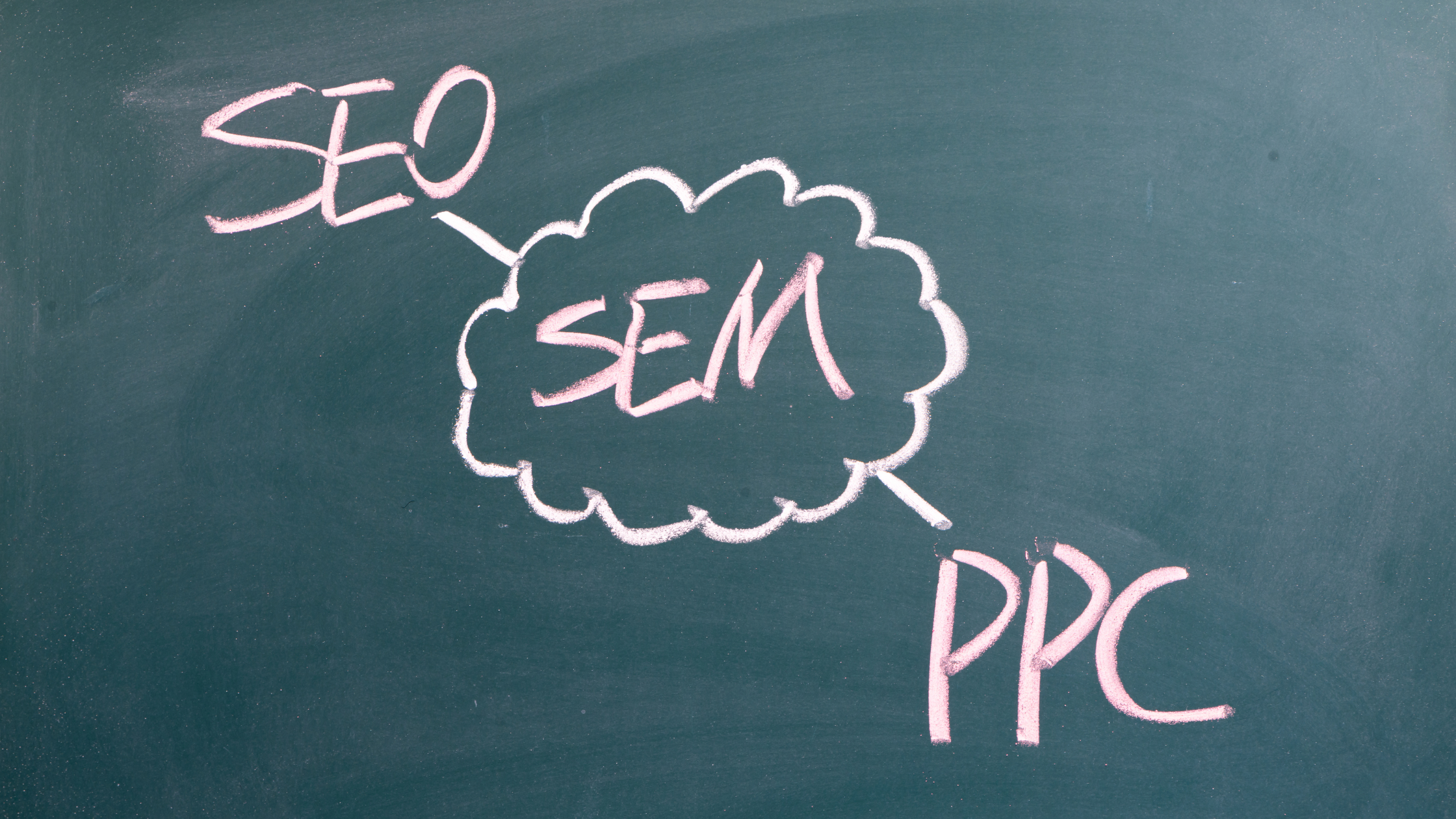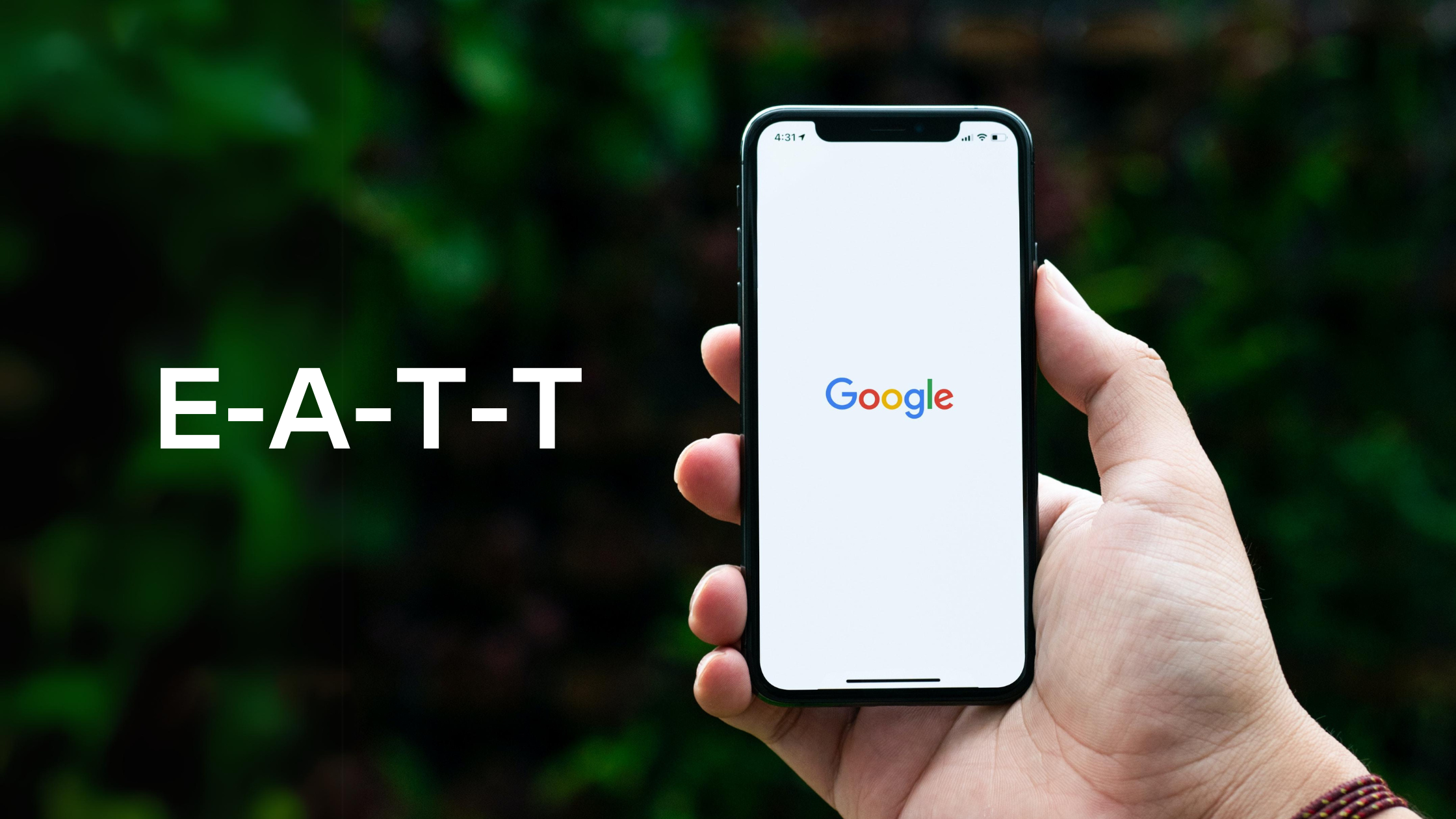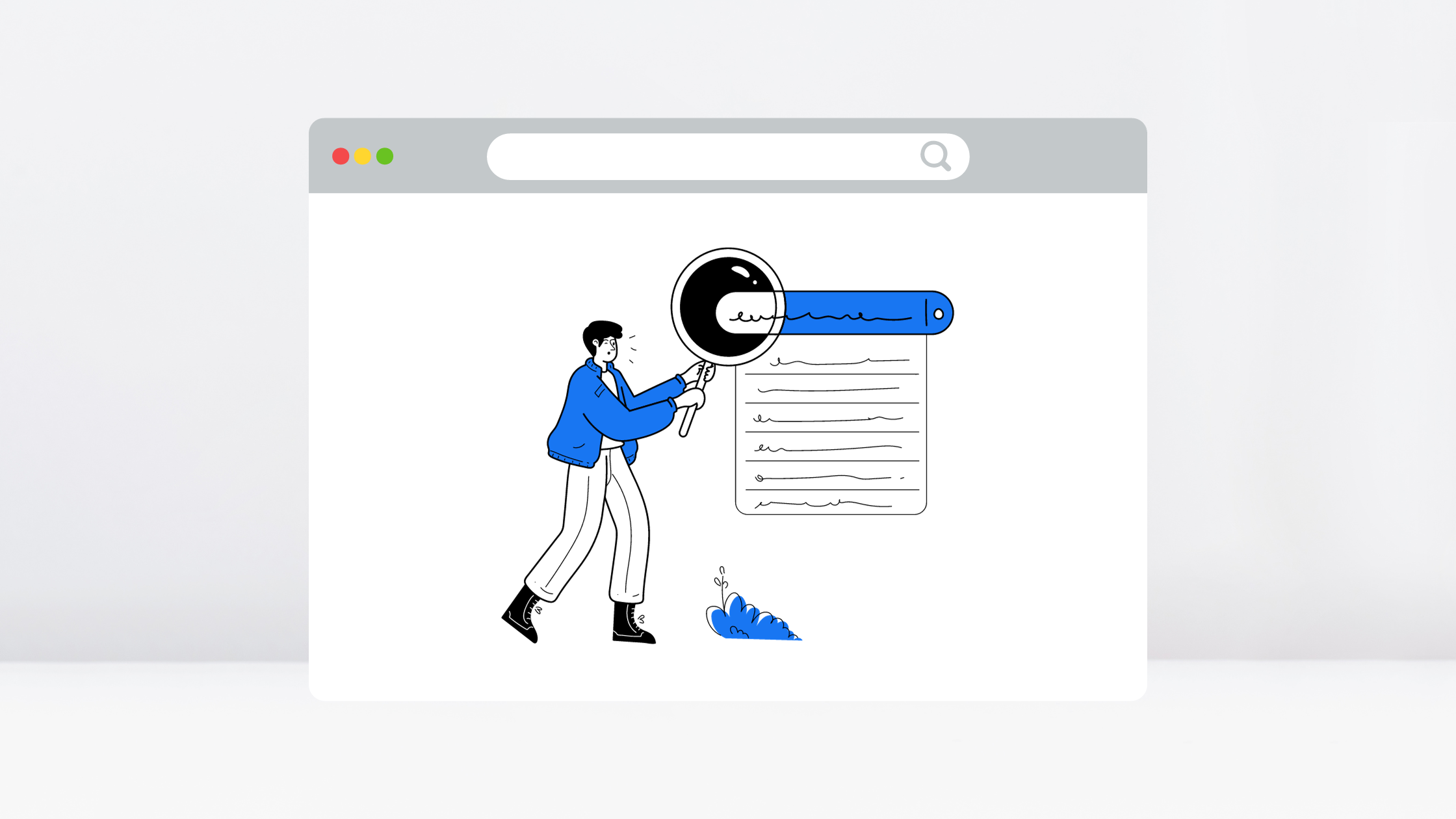Restructuring your Product Feed and strategy based on search queries can increase conversions without increasing your budget.

Without a doubt, Google Shopping has an engaging format that drives a high click-through rate and qualifies visitors before they even visit your site. It’s then no secret that return on adg spend (ROAS) on these placements are lucrative, so the average cost per click (CPC) has been steadily increasing since 2012 when Google first began the shopping ads program.
With competitive bidding and overlaps in less niche products, retailers are finding it difficult to gain visibility. We’ve outlined a few problems that can be easily solved within your Product Feed.
Problem #1: Products Feeds are difficult to control for searches
Solution: Include natural language and top performing keywords as part of your titles
At the most granular level, what you title your products affects how Google determines their relevancy to a search query. To be clear, this is not in reference to changing product descriptions or the categorization of products within the feed. Based on research conducted by Berlin-based shopping technology platform, Crealytics, these adaptations had little to no effect on clicks.
Instead, popular natural language keywords or queries that described products, as in the example below, were more effective when appended to the beginning of the relevant product titles in the Product Feed.

Google’s algorithm considers the words at the beginning of the product title to be the most important factor in relevancy, so word order is just as essential. “Blue shoes” is not exactly the same as “shoes blue.” Therefore, match the most popular search query exactly when adding to your product titles. You can use Google’s Keyword Planner to identify the queries that most closely match the products that you offer.
By optimizing the product titles, you can not only garner more control over which products appear for which query, but also increase traffic and conversion by displaying ads which are more likely to reflect the searcher’s needs.
Challenge #2: Your lack of keyword bidding means wasted advertising spending
Solution: Smaller retailers must segment campaigns to focus on high-conversion queries
This is considered the primary problem with Google Shopping. The purpose of creating product listing ads in the first place is to ensure that they build quality traffic by reaching the visitors who are most likely to purchase. However, Shopping campaigns are not like Search campaigns with all their precise knobs, levers, and switches.
For Shopping campaigns, even with the best Product Feed management, you are still captive to Google’s ability to match product ads to the right queries. You can have negative keywords, but no positive ones and even effective product titles may fail when small and larger retailers advertise for common products.
In order to establish the greatest control over which ads show based on highest-converting queries, you must segment your campaign in two ways: determine queries that receive high, medium and low conversion rates and determine bid amounts that correlate to the user’s place within the conversion funnel.
From an additional study from Crealytics on targeting high-conversion users via Shopping campaigns, the results in the example below indicate a user who has already decided which shoe to buy and a user B who is clearly still in the research phase.
Segmenting your Shopping campaigns by the specificity of search queries and then using campaign priorities and negatives can allow you to control where search queries are assigned and then bid accordingly.
Here’s a more detailed description and guide to the process of query-level bidding in Google Shopping.
Challenge #3: Simply increasing CPC is not the answer to increasing sales
Solution: Use campaign segmentation to avoid overbidding and consider decreasing sales prices when possible
Once the Shopping campaign is segmented by conversion rate, it might seem reasonable to simply increase CPC for specific products based on high-conversion queries. And that is a reasonable action until it’s not. With paid search, additional investment will lead to decreasing marginal revenue.
The Crealytics research team found that with an increased average CPC for specific products, traffic may significantly increase but only for generic search queries. The traffic for designer and high-conversion specific search queries eventually plateaus, as does increasing revenue.

The findings displayed an S curve in which a minimum bid established eligibility within the auction, followed by traffic acceleration based on small bid increases, and finally a leveling where bid increases no longer impacted traffic volume.
This means that smaller retailers cannot simply “outbid” any major players through an increase in a base bid. Instead, despite the counterintuitive nature of decreasing the expected revenue of a product, more moderately priced ads are more likely to surface based on Google’s “low-price bias” algorithm.
According to Google, cheaper products themselves are not favored. Rather, the algorithm responds to what users like or dislike. This conclusion was based on impressions exponentially decreasing in studies conducted on the effect of higher pricing regardless of an ad’s bid price. Google will almost always surface the cheaper of two products.
At the very least, lower-priced products, particularly products that are sold in common with larger retailers, may serve as “gateways” to your site.
Invest with a Plan
While understanding the challenges presents a great deal of work, to get the most out of your Google Shopping campaigns, you need to be monitoring what amounts to each product in your Feed.
- To show up in relevant, high-conversion searches, you need to construct your product titles using natural search terms.
- To mirror keyword bidding, you need to segment your campaigns based on high-conversion queries and bid accordingly
- To become eligible for the Shopping auction, find the base bid for products and then consider decreasing prices to maneuver Google’s “low-price” algorithm
RLC Media has invested a great deal of time working with Google Shopping, helping our retail clients to improve their campaign performance and improve ROAS. From campaign structuring, to S-curve bidding, to Feed Title optimization, RLC Media understands the unique management required in managing Paid Search campaigns.
/http://www.rlcmedia.com






